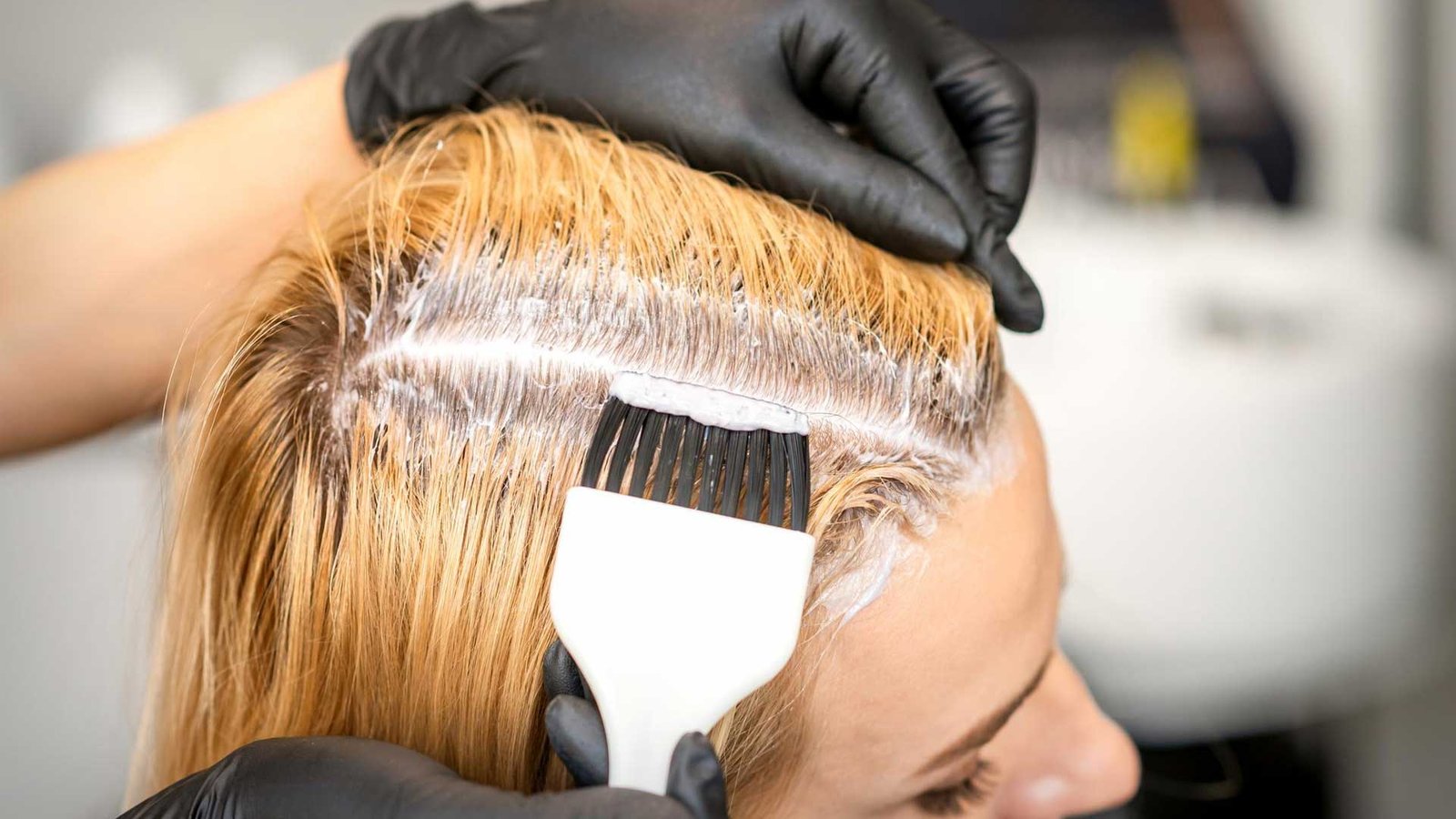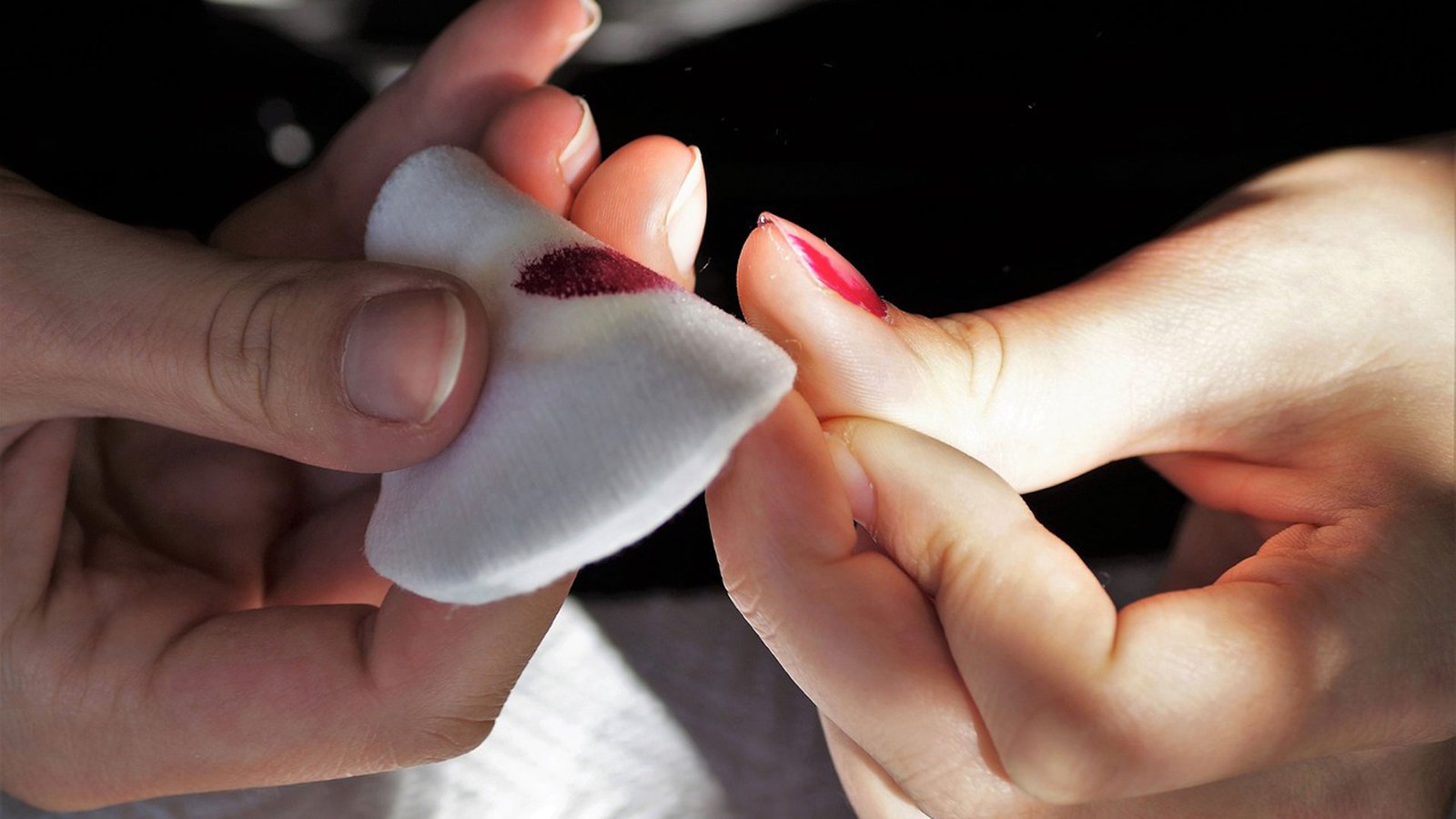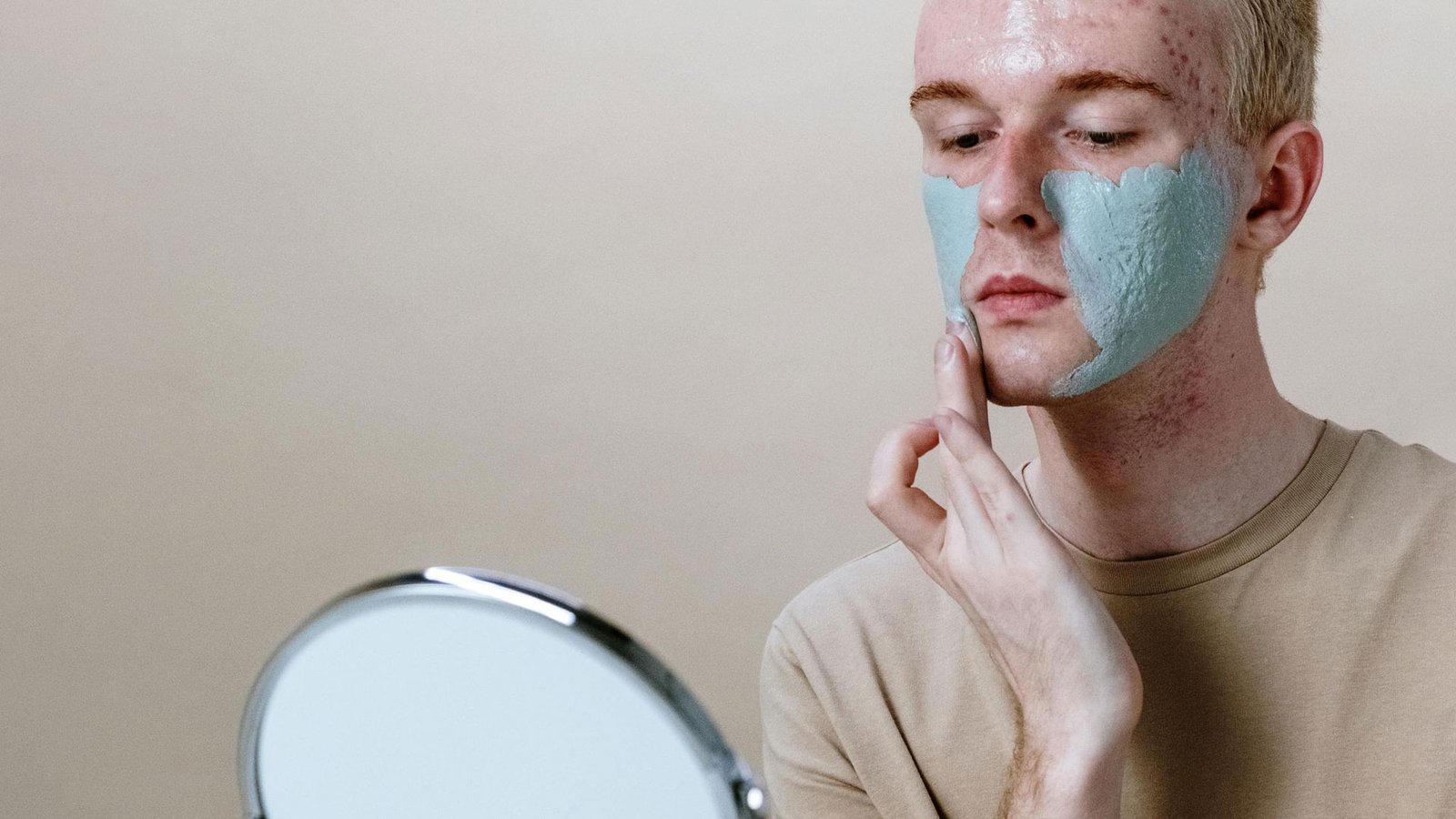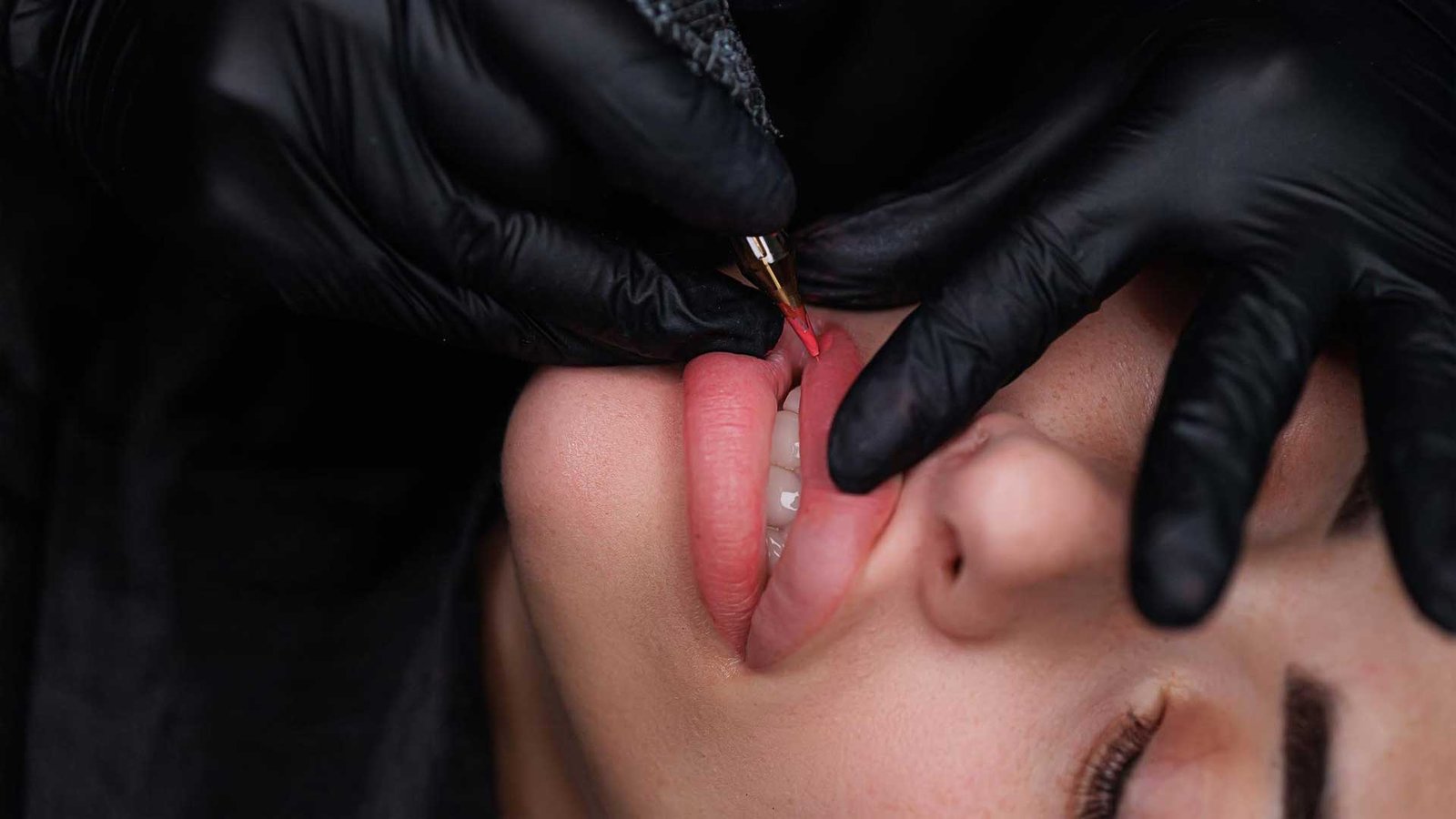I never expected to revert from blonde to brown hair again after spending over $1,000 on platinum hair last year. However, some things are just not meant to be. Going blonde was supposed to be a lifechanging event for me. I’d have Elle Woods confidence with an edgy, fashion-person vibe with shining, bleached hair, and I’d accomplish this new identity faster than I would by genuinely working on myself in a meaningful manner. Based on my poor knowledge of hair chemistry, I didn’t believe I needed to go far on the color wheel to get the ashy, platinum blonde I desired. (As you would expect, I didn’t give it much thought before making this choice.) In bright light, my natural hair is a caramel brown that might be mistaken for dirty blonde.
My scalp was irritated to the point of tears as a result of the bleaching. The aftermath was both aesthetically stunning and very costly. To prevent a brassy tone and keep my hair smooth, I spent hundreds of dollars on purple shampoos and treatments. My hair grew quickly, and my roots were continually poking out. The at-home solutions weren’t adequate on their own. A hairdresser in my parents’ town in Florida eventually gave me two rounds of cooling toners and a root melt. But after a year and many inches of root growth, I realized I couldn’t keep paying for a hair color I didn’t like to begin with. My hair was dry, lifeless, and a shade of blonde that wasn’t quite right. So I scheduled a second appointment, this time to get my hair dyed to match my roots in a natural brown.
You live and learn, as they say. I didn’t realize I wasn’t meant to be blonde until my hair was stripped of its natural colors; similarly, I didn’t realize liberating my hair from its bleach prison would be more difficult than I expected until my head was sectioned into dye-painted, foil-wrapped portions. Here’s what I should have understood before bleaching my hair in the first place—and what anybody considering transitioning from blonde to brunette should bear in mind as well.
Before you go to the salon, give your hair some additional attention
Whether your present blonde is natural or artificial, you should hydrate your hair well before dying it a deeper color. According to Genna Still, master colorist at Spoke & Weal Salon, a protein-rich, moisturizing conditioner prepares the hair for absorbing color molecules throughout the coloring process. “Color is held together by protein, so having that protein in your hair before dying is critical.” Before going down for fresh color, equalizing products like Aveda’s B.B.B.B. Damage Remedy fortify your hair’s porosity. For the record, until I sat in Still’s chair for my own blonde-to-brown hair transformation, I didn’t believe I required a pretreatment. It didn’t matter; more conditioner is only a recommendation for better hair. Whether you take additional measures or not, there’s some good news: bleaching causes hair to become dry and brittle over time, but becoming brown won’t put your hair in any more danger. “The benefit of becoming darker is that there is no genuine harm,” adds Still. “Brown dyes include a little amount of hydrogen peroxide, so they contain some chemicals, but semi-permanents are also densely packed with natural oils.” So, if anything, you’ll notice that your hair seems to be healthier.”
Changing your hair color from blonde to brown entails a lot more than that
It takes more than bringing in an Instagram picture for inspiration to choose the correct brunette hue. The ideal color is generally tied to how much upkeep you’ll want to undertake at home and during follow-up sessions. “You have free range for a warm tone, and ash tone, or a cold tone if you’re alright with care but absolutely want a darker appearance,” Still explains. “However, if you want to keep your hair as lowmaintenance as possible, it’s preferable to work with the natural tones you currently have.” I had imagined a dark brown, almost black when I arrived for my appointment. Beyond learning that going dark would need more care and hence more money after this initial session, I chose a light chocolate brown that complemented my roots. Your hair texture might also influence how well the color lasts and what hue you end up with. “Curly hair is drier, which may cause the color to oxidize quicker, while straight or thicker hair can absorb and maintain more color,” explains Cassondra Kaeding, a L.A. colorist and Redken ambassador. If your hair is curly or dry, you should expect to spend more time at the salon to get the color to last, as well as more regular touch-up visits.
Set up a whole morning or afternoon for your first color consultation—and be prepared to part with some cash
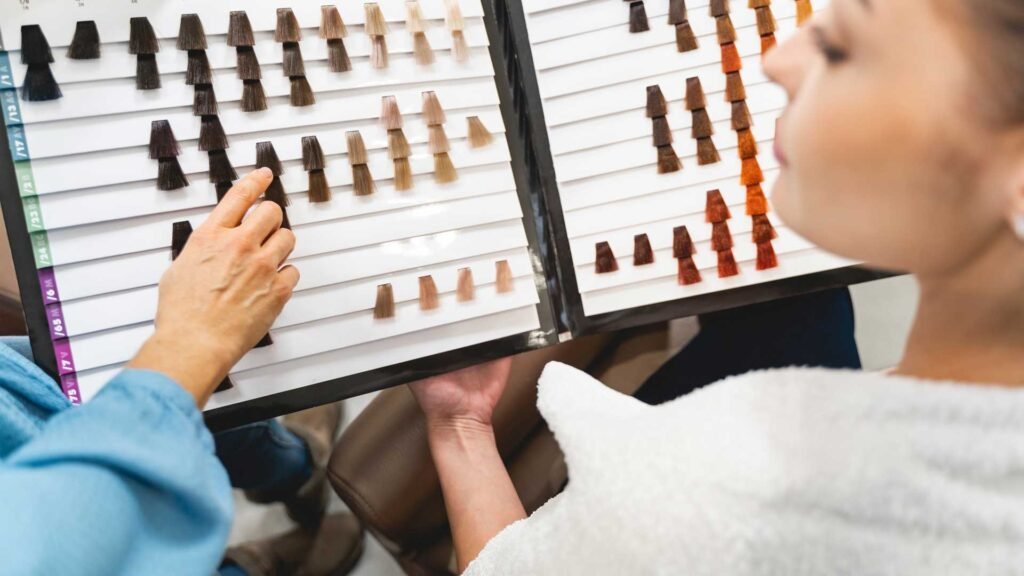
My rudimentary information from bleaching my hair had prepped me for a lengthy salon visit. (It was a four-hour appointment.) Replacing the pigment takes many hours as well. I arrived at Spoke & Weal at lunchtime and departed shortly after three o’clock. Blonde-to-brunette conversions often take two to five hours in the salon, including many rounds of color and gloss. There’s already a considerable surface area for the new color to grab onto if you’re beginning from a grown-out blonde like mine. If you’re beginning with a platinum blonde, your stylist will need to fill your hair with pigment to fill in the missing color molecules and enable them to adhere to the clear foundation before applying the brunette color you want. To make the color stay, you may need to return to the dish many times. (Read: The lighter the blonde you start with, the longer it will take to go to brunette.) Make yourself at home on that chair.)
An additional shine will be required to get a natural color (or two)
My color treatment began with a hand-applied brown Aveda dye that was brushed on in gradients and blended to match the length of my hair. We added gloss, or semi-permanent hair color, to the initial dye procedure with three visits to the washbasin. Still, she told me that glosses are an important element of getting the greatest color. “Some will be more transparent, like pantyhose, while others will be more opaque, like tights,” she explains. To add blackness, my initial gloss was of the tights sort. For an overall sheen, the second gloss was sheerer. This smoothed out the transition between my naturally dark roots and my freshly colored ends, resulting in a creamy, natural brunette all around. (If you’re searching for a good one to use at home, Target’s Kristin Ess Signature Glosses are fantastic—and just $14.)
After that, you’ll need to modify your hair-care regimen
I wasn’t interested in maintaining a multistep hair-care routine after spending half my paycheck on colormaintenance products. However, there are a few changes that must be made in order for the color transition to endure. You should use a sulfate-free, color-conserving shampoo no matter what your hair texture is. To keep hair cuticles securely sealed, she still suggests products with a low pH. (This prevents the release of color molecules.) To aid your search, most goods now mention the pH level on the container. To begin, Kaeding recommends Redken’s Color Extend Magnetics Shampoo and Conditioner. Color-boosting hair masks, such as the Christophe Robin Nutritive Mask, are another simple method to keep a fresh-from-the-salon appearance by depositing pigments, says Still. “It will add pigment, but it will seem extremely soft and natural.”
You’ll also need to reorganize your cosmetics collection
The majority of your everyday makeup will most likely remain the same. Mine has thus far, with the exception that I’ve switched from blonde to darker brow products. It’s fair to assume that you’ll want your hair and eyebrows to match for a natural appearance. At the salon, stylists may use a brow tint to align hues, but be warned: Still, tints fade after a week, so they’re not always worth the additional money, according to Still. Otherwise, just change your existing eye pencil or pomade to a shade two to three shades darker than your previous blonde hue. Benefit’s Gimme Brow gel is one of my favorites. Another option? With a mustache dye kit, you can color your own brows. It may seem strange, but many swear by it since it is simple and inexpensive.
It is possible to become blonde again, although most hairdressers do not advise it
Anyone considering a blonde-to-brunette transition should be prepared to make the same commitment I did. Still informs me, “Going dark is really permanent.” “You’re bidding blonde farewell.” Reverting to a lighter tint isn’t impossible, but it may be difficult. Going blonde after a brown dye treatment is termed a color correction: “It would entail color removal and a lengthy day at the salon, approximately eight hours, with a hefty price tag to go along with it,” Still explains. (Color adjustments usually begin at $200 and increase from there.) “Also, the hair damage that will be done is not insignificant.” If you can’t let go of the light dimension in your hair, highlights or balayage are a better alternative to going back to platinum. Making another hair 180 is a matter of your taste and budget. I, for one, will not repeat the same error. I’m sticking to the dark side now that I’ve gone back to brunette.

